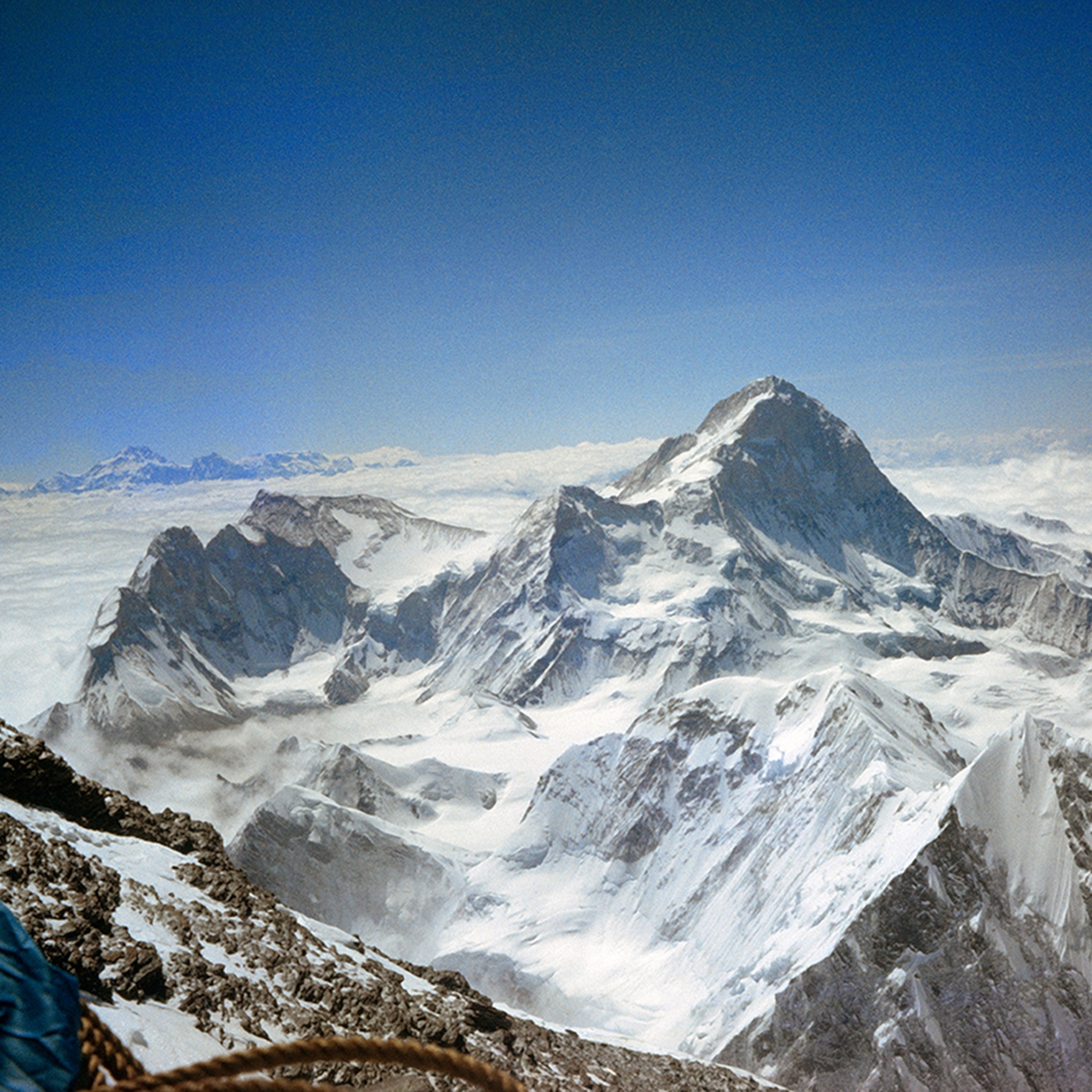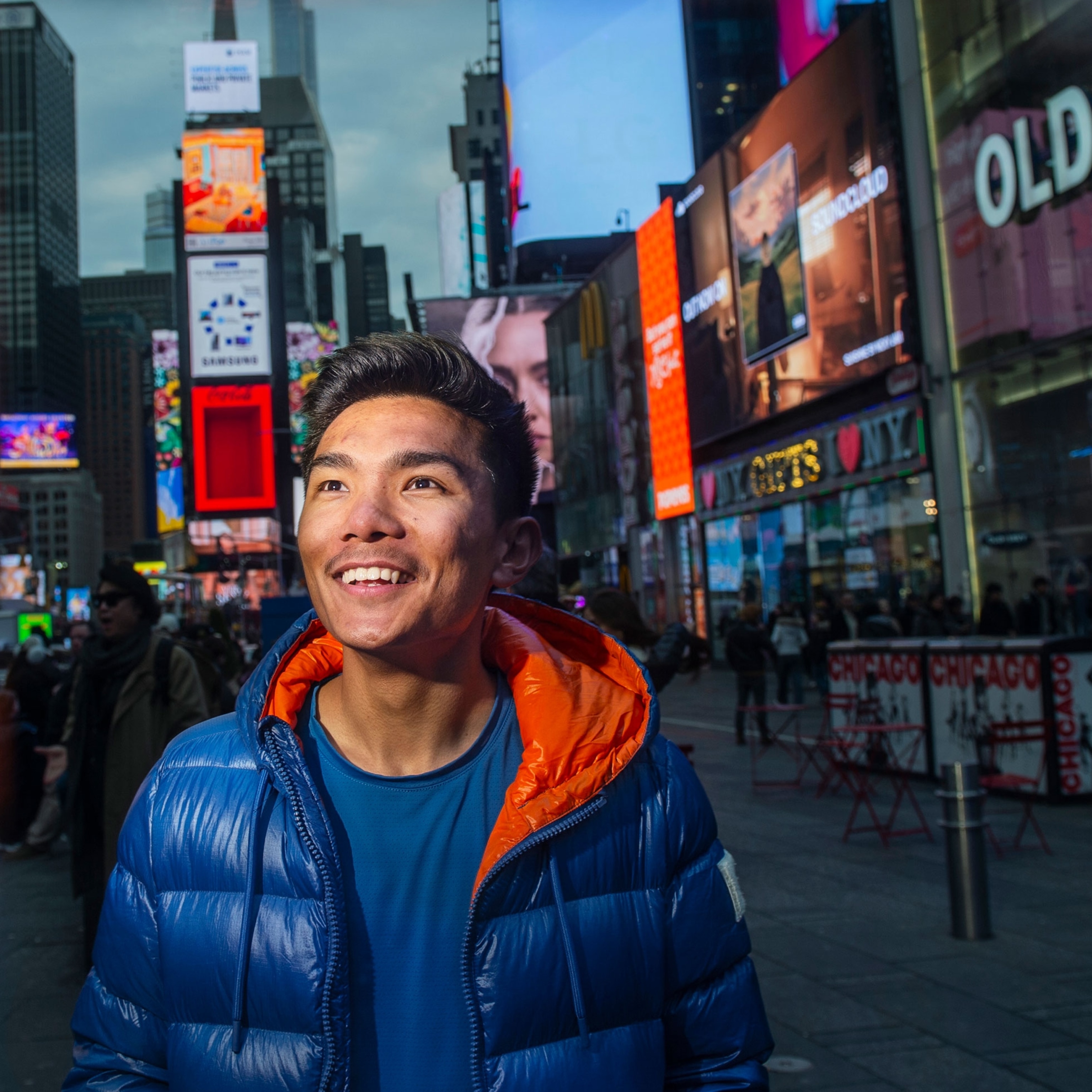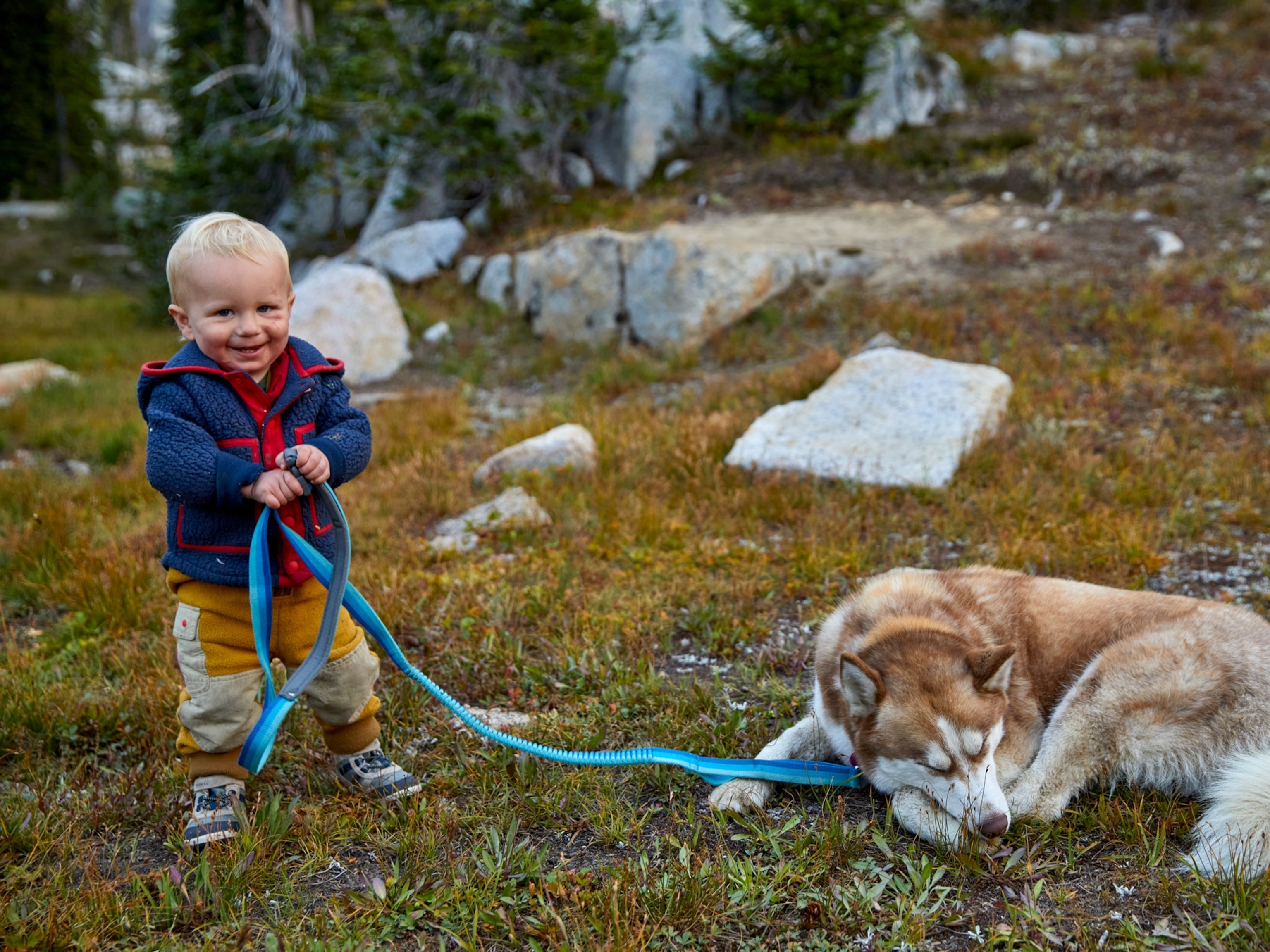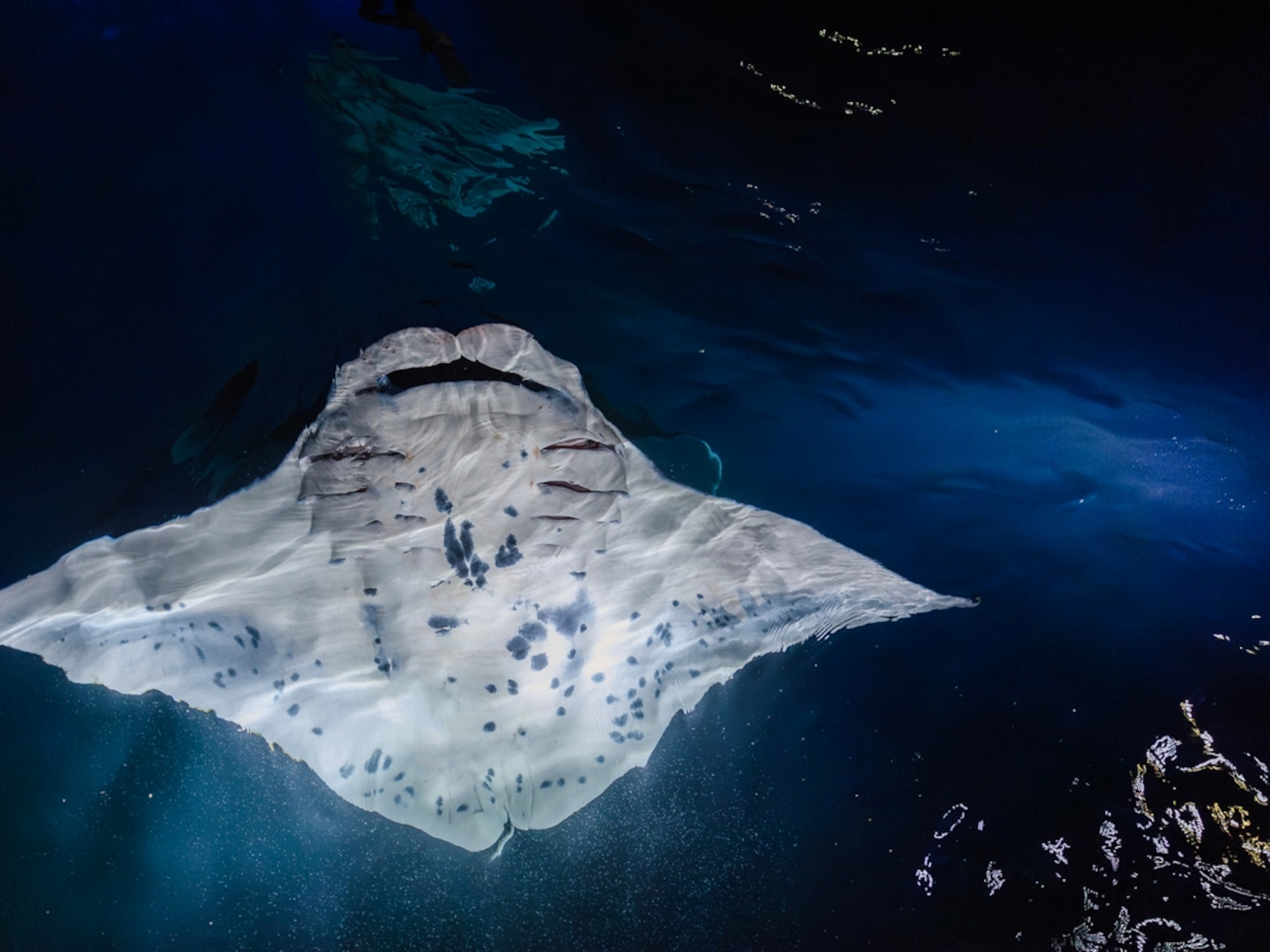
How this elite climber keeps finding new heights to explore
After multiple first ascents, being kidnapped in Kyrgyzstan, and writing a popular mom blog, Beth Rodden continues to raise the bar in climbing.
Before Beth Rodden became known as the "climbing mom," she was one of the world's top climbers.
Between 2000 and 2008, Rodden and her then-partner Tommy Caldwell knocked off routes other climbers found impossible. When they first teamed up in 2000, both were up and coming stars in the climbing world. Caldwell was easily considered one of America’s best all-rounders. Rodden was a national sport-climbing champion who had recently become the youngest woman, at 18, to climb a route with a difficulty rating of 5.14a.
One of their most significant first ascents occurred on their first “date”—a five-day ascent of Lurking Fear, a route on the southwest face of El Capitan in California’s Yosemite National Park. On that ascent, the young climbers achieved a first free ascent of the route—a groundbreaking achievement. In a testament to its difficulty, 19 years later, no other climbers have managed to repeat Lurking Fear as a free climb, despite many attempts by some of the world’s best.
“I think we were just trying to impress each other,” says Rodden. “I know I was. I was just trying to keep up with Tommy.”
Whereas many of today's top female climbers often gain recognition for becoming the first women to climb routes other men have done, Rodden's climbing career was exceptional in that many of her most notable climbs were first ascents—routes unclimbed by anyone before her.
In 2008, Rodden achieved the first ascent of Meltdown, also in Yosemite. This 70-foot hairline-thin crack was given a difficulty rating of 5.14c—a grade only a handful of women have ever climbed. Meltdown also remains exceptional to this day in that it is still the hardest trad climb—a climb containing no fixed bolts—ever established by a woman, and one of the hardest trad climbs ever established period.
Meltdown was unrepeated for a decade, despite a handful of serious efforts made by notable male climbers. In November 2018, Carlos Traversi at long last repeated Rodden’s route, achieving its first male ascent. Traversi, who is one of the strongest climbers in America, proposed that Meltdown may be even more difficult than its rating suggests.
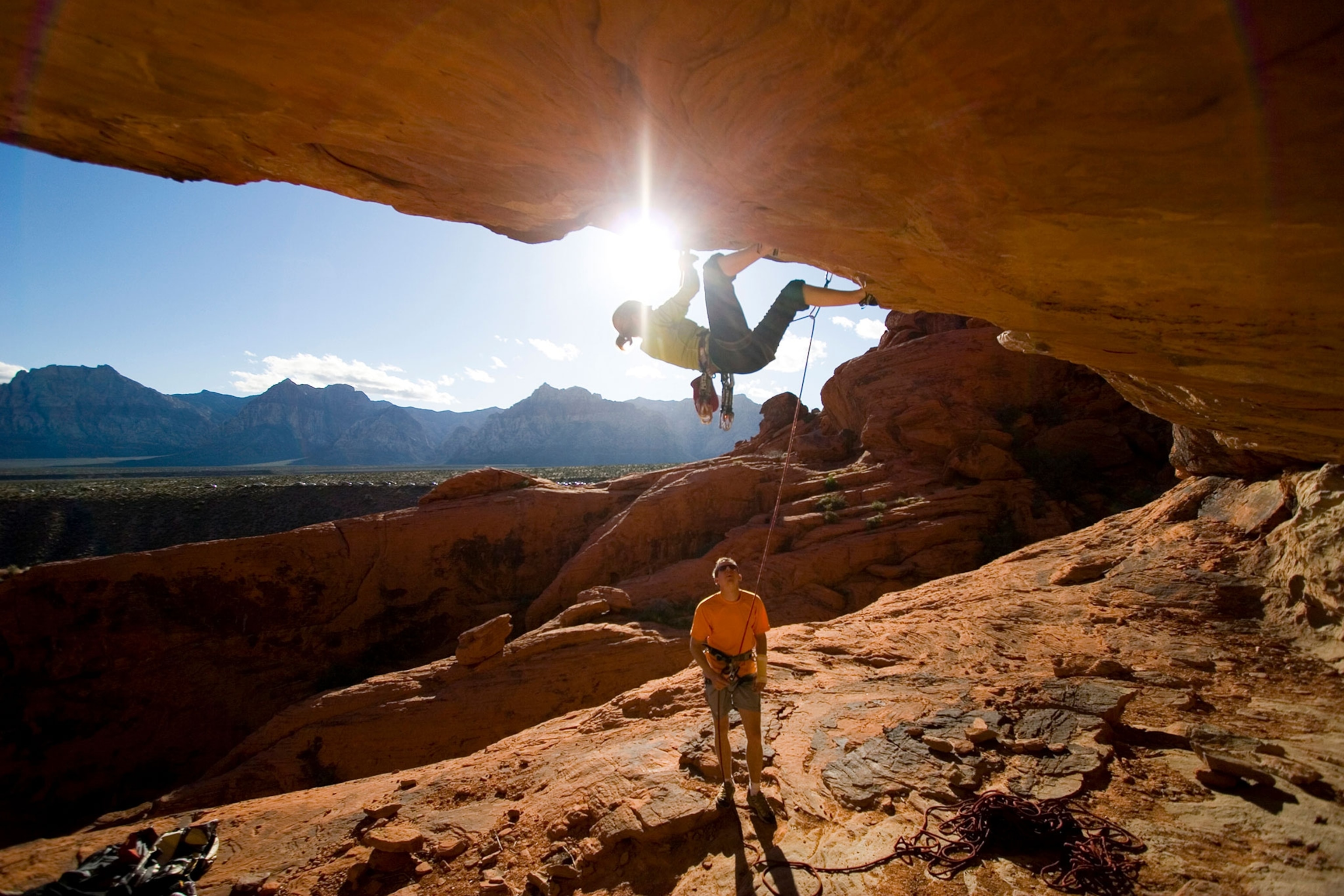
From Lurking Fear in 2000 to Meltdown in 2008, these two routes bookend an extraordinary period in Rodden’s life, one in which she completed some of her best ascents and set new standards for women in the sport.
It was also the period in which she experienced some of her life’s worst moments, namely, being held hostage for six days in Kyrgyzstan by armed and dangerous Uzbek rebels with ties to Osama Bin Laden.
In August 2000, mere months after Caldwell and Rodden started dating, the pair were on a climbing trip with two other friends when the group was taken hostage. The four young climbers escaped their armed captor when Caldwell wrestled him and threw him off a cliff. At the time, Caldwell was deeply shaken, thinking he had just killed someone—but the group later discovered that the Uzbek rebel had survived the fall.
Meltdown also marked the beginning of some drastic changes in Rodden’s life. After her ascent, she found herself hobbled by overuse injuries, preventing her from climbing at the same high level she once knew. It was also the beginning of the end of her marriage to Caldwell.
Rodden has since re-married, to Randy Puro, a climber who works in the technology and food industry in San Francisco, and they had a son, Theo. As a mom, she suddenly became sensitive to just how much trauma she still carried from her experience in Kyrgyzstan.
“I was paranoid that our captors were going to track us down and find us in America,” she wrote in a blog post. She described a situation in a local park near her home in Berkeley, California, in which a Muslim family arrived a with a young child close in age to Theo. “My hands started sweating. I felt light-headed and dizzy,” she wrote. “My vision became blurred and I couldn’t catch my breath. After Kyrgyzstan, I had programmed myself to fear anyone who looks like them [her captors].”
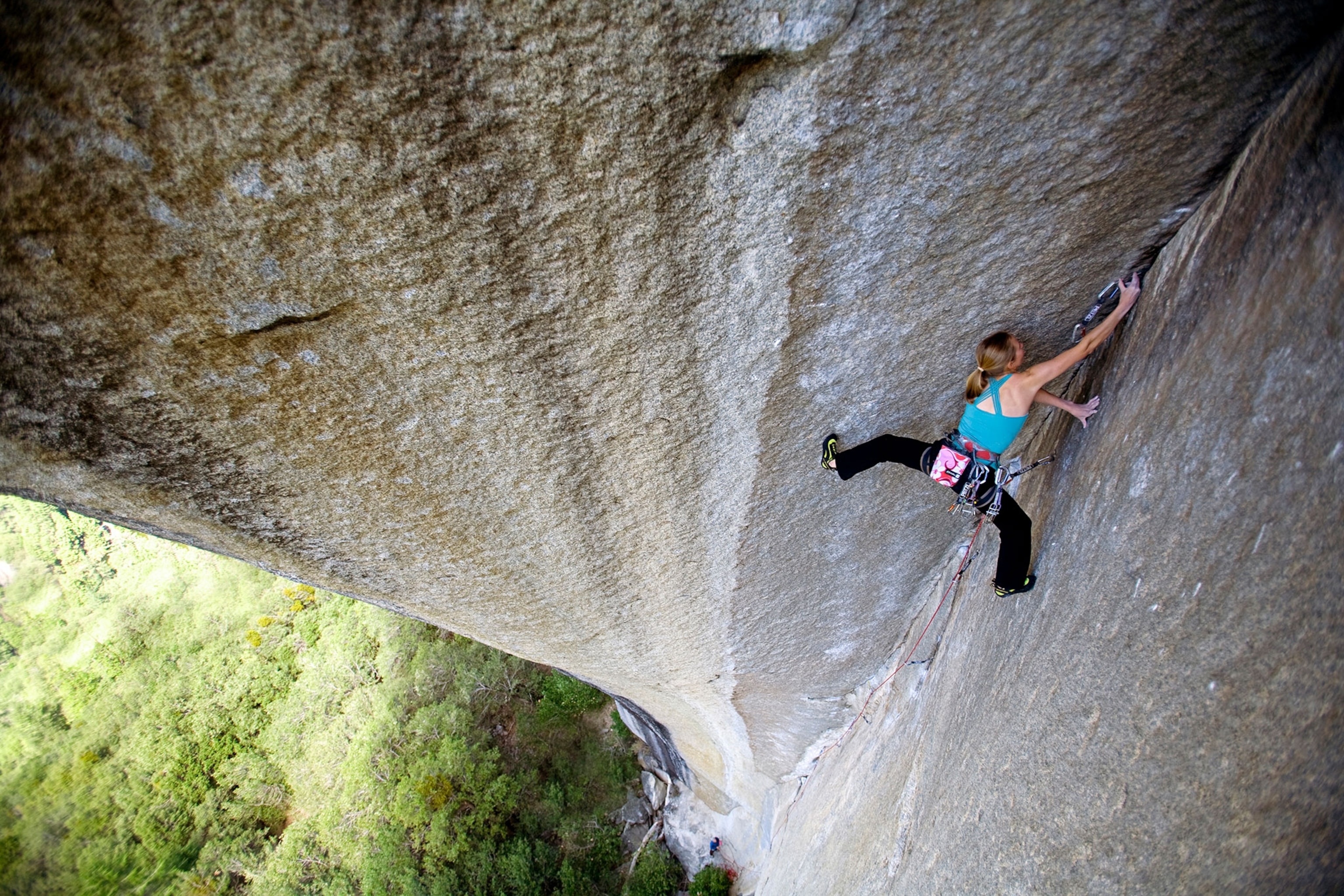
But then, she turned to Theo. “It’s incredible how your child’s innocent eyes can become a window into your own soul. Was I becoming that kind of mom? The kind who unintentionally passes along her worst fears and ugliest traits simply because she’s took weak, or blind, or scared to overcome them herself?”
Through her blog, Rodden has found a new voice as a climber-mom, and she’s built an audience of other climbing moms. And through her son, she’s not only overcoming her past traumas, but learning to enjoy the sport at a more moderate—and perhaps even healthier—level.
National Geographic caught up with Rodden to talk about her past success and how motherhood has changed her.
Thinking back to the height of your free-climbing career, what were the circumstances that allowed you to succeed?
I think it was physical—my ability to try hard, and not be scared to try hard. Whereas now, I’m worried about getting injured a lot. People ask me, “Do you just not have motivation anymore?” That’s so far from the truth. I have all the motivation in the world. It’s just, your body changes, and I value different things in climbing now. I’d much rather be able to go out and climb at a moderate level all year then climb at a peak level for four days and be injured.
Why do you think you have you been prone to injuries?
Since Kyrgyzstan, I’ve been an anxious person. If I felt a tendon pop in my finger, I would think it’s the end of the world. I think it’s all connected to your mentality. If you are really scared you’ll get injured, then maybe you’ll get injured more. I don’t remember feeling like that before Kyrgyzstan.
I also didn’t take care of my body when I was younger. I can’t tell you how many liters of Diet Pepsi I drank as a kid. I used to think protein bars were healthy. I’ve since tried to cut out a lot of inflammatory foods, like sugar, and eat more vegetables, fruits, and meat.
What was the breakthrough moment in your career?
Taking a semester off of college to go and try To Bolt or Not To Be [a 5.14a at Smith Rock, Oregon]. Seeing that I could set a lofty goal and go and do it was a big deal for me at the time.
That ascent subsequently led Lynn Hill to invite me on an all-women’s trip to Madagascar a few months later.
I learned to love big, long, adventurous routes, and it showed me that a non-traditional life was possible. I had always been very “by the books” until then.
What did you learn from Lynn Hill?
She was just so driven. She’s so physically talented, even now. She’s just in a different realm. She showed me that anything is possible.
How has your tolerance for risk changed?
Before Kyrgyzstan, I was a sheltered kid from Davis, California, who thought the world was her oyster. After Kyrgyzstan, I was the exact, extreme opposite. I put myself in a bubble. I was scared of everything. I saw massive consequences in everything.
Since Theo, I haven’t taken any opportunities to do any big climbs. I look at El Cap and think it’d be fun to go climb it again one day, with some of my mom friends.
But then again, I’m happy doing what I’m doing right now.

Who has been your most surprising teacher?
Theo. He just totally rocked my world in so many ways. Forced me to look at personal weaknesses. Kids are just little sponges. I had all of these unflattering traits related to Kyrgyzstan, and I didn’t want to teach him that. I had to be a better person.
You’ve started a conversation for mom climbers—is that a role you’ve been happy to take on?
It’s been a big step in growth for me, to be open about my fears. I was so afraid even to admit that I was pregnant because I thought my sponsors would drop me. So talking about some of these fears openly was really scary but ended up being really empowering.
But for me, the best part is being in a community of other moms, hearing their stories. It’s been totally surprising and refreshing to have these conversations and connect and feel like a community. That’s what gives me strength.
